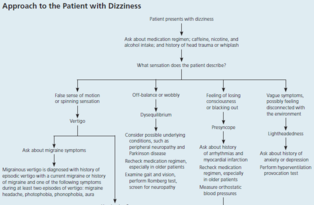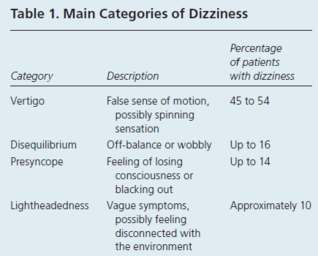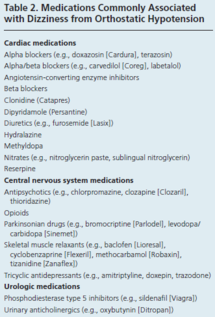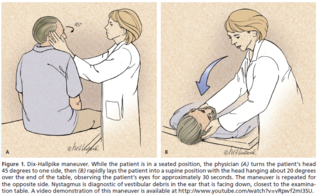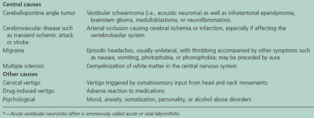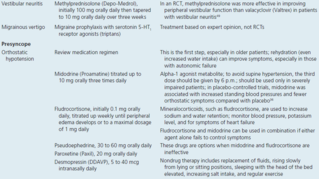Edited, memorised or added to reading queue
on 27-Sep-2016 (Tue)
Do you want BuboFlash to help you learning these things? Click here to log in or create user.
Flashcard 149655129
| status | not learned | measured difficulty | 37% [default] | last interval [days] | |||
|---|---|---|---|---|---|---|---|
| repetition number in this series | 0 | memorised on | scheduled repetition | ||||
| scheduled repetition interval | last repetition or drill |
Parent (intermediate) annotation
Open itKwaśny smak wywołuje skurcz.
Original toplevel document (pdf)
cannot see any pdfs| status | not read | reprioritisations | ||
|---|---|---|---|---|
| last reprioritisation on | suggested re-reading day | |||
| started reading on | finished reading on |
| status | not read | reprioritisations | ||
|---|---|---|---|---|
| last reprioritisation on | suggested re-reading day | |||
| started reading on | finished reading on |
| status | not read | reprioritisations | ||
|---|---|---|---|---|
| last reprioritisation on | suggested re-reading day | |||
| started reading on | finished reading on |
| status | not read | reprioritisations | ||
|---|---|---|---|---|
| last reprioritisation on | suggested re-reading day | |||
| started reading on | finished reading on |
| status | not read | reprioritisations | ||
|---|---|---|---|---|
| last reprioritisation on | suggested re-reading day | |||
| started reading on | finished reading on |
Flashcard 1401894604044
| status | not learned | measured difficulty | 37% [default] | last interval [days] | |||
|---|---|---|---|---|---|---|---|
| repetition number in this series | 0 | memorised on | scheduled repetition | ||||
| scheduled repetition interval | last repetition or drill |
Parent (intermediate) annotation
Open itPlace your finger in the hollow curve of the supra- sternal notch, then move it down approximately 5 cm to the horizontal bony ridge where the manubrium joins the body of the sternum, called the angulus sterni, angle of Ludovici or the angle of Louis.
Original toplevel document (pdf)
cannot see any pdfsFlashcard 1401896176908
| status | not learned | measured difficulty | 37% [default] | last interval [days] | |||
|---|---|---|---|---|---|---|---|
| repetition number in this series | 0 | memorised on | scheduled repetition | ||||
| scheduled repetition interval | last repetition or drill |
Parent (intermediate) annotation
Open itl>Place your finger in the hollow curve of the supra- sternal notch, then move it down approximately 5 cm to the horizontal bony ridge where the manubrium joins the body of the sternum, called the angulus sterni, angle of Ludovici or the angle of Louis.<html>
Original toplevel document (pdf)
cannot see any pdfsFlashcard 1401897749772
| status | not learned | measured difficulty | 37% [default] | last interval [days] | |||
|---|---|---|---|---|---|---|---|
| repetition number in this series | 0 | memorised on | scheduled repetition | ||||
| scheduled repetition interval | last repetition or drill |
Parent (intermediate) annotation
Open itn>Place your finger in the hollow curve of the supra- sternal notch, then move it down approximately 5 cm to the horizontal bony ridge where the manubrium joins the body of the sternum, called the angulus sterni, angle of Ludovici or the angle of Louis.<span><body><html>
Original toplevel document (pdf)
cannot see any pdfs| status | not read | reprioritisations | ||
|---|---|---|---|---|
| last reprioritisation on | suggested re-reading day | |||
| started reading on | finished reading on |
Dizziness/Vertigo
Dizziness/Vertigo Approach to patient with Dizziness Subjective “Does it feel like either the room is spinning or that you are spinning?” and/or “Is it triggered or worsened by turning your head or rolling over in bed?
| status | not read | reprioritisations | ||
|---|---|---|---|---|
| last reprioritisation on | suggested re-reading day | |||
| started reading on | finished reading on |
Dizziness/Vertigo
Dizziness/Vertigo Approach to patient with Dizziness Subjective “Does it feel like either the room is spinning or that you are spinning?” and/or “Is it triggered or worsened by turning your head or rolling over in bed?” Yes = vertigo BENIGN PAROXYSMAL POSITIONAL VERTIGO (most common) brief, recurrent episodes (seconds to minutes), +/- nausea and vomiting Vestibular Neuritis rapid onset, severe, persistent (days), N/V, imbalance Ménière’s Disease recurrent episodes (minutes to hours), fluctuating hearing loss, tinnitus, and sensation of aural fullness Vestibular Toxicity aminoglycosides (eg. gentamycin), loop diuretics, ASA, NSAIDs, amiodarone, quinine, cisplatin No = other forms of dizziness Presyncopal Dizziness – “feels like nearly fainting or blacking out” ECG Triggered by exertion? Chest pain/palpitations? Known structural heart dz? FmHx of sudden death? Abnormal ECG? (if pt stable, fax ECG for urgent advice) If yes to any, suspect cardiac etiology. Refer to Emergency If no, orthostatic hypotension? Yes = investigate underlying cause. meds/alcohol? Consider CBC/lytes No = likely vasovagal/situational etiology. If recurrent episodes or pt is at risk of injury, consider referral for tilt test (+/- carotid sinus massage if >40 yo) Disequilibrium Dizziness – “unsteadiness while walking” Often multifactorial, common in elderly, risk of falls. Complete neuro and MSK exams to rule out peripheral neuropathy, Parkinsonism, MSK d/o, CVA, etc Nonspecific Dizziness – “woozy”, “giddy”, “light-headed” DDx: hypoglycemic (glucose), thyroid disease (TSH), pregnancy (β-HCG), meds, psychiatric disorders, alcohol/drugs, menstruation, previous head trauma Ask about: onset, duration, nausea, vomiting, hearing loss, tinnitus, headache, imbalance, aural fullness, ear pain, rash, facial paralysis, medications Objective Assessment viral labyrinthitis benign positional vertigo Eustachian tube dysfunction (often with s
| status | not read | reprioritisations | ||
|---|---|---|---|---|
| last reprioritisation on | suggested re-reading day | |||
| started reading on | finished reading on |
Dizziness/Vertigo
13; Ask about: onset, duration, nausea, vomiting, hearing loss, tinnitus, headache, imbalance, aural fullness, ear pain, rash, facial paralysis, medications <span>Objective Assessment viral labyrinthitis benign positional vertigo Eustachian tube dysfunction (often with serous otitis media)
| status | not read | reprioritisations | ||
|---|---|---|---|---|
| last reprioritisation on | suggested re-reading day | |||
| started reading on | finished reading on |
Dizziness/Vertigo
k about: onset, duration, nausea, vomiting, hearing loss, tinnitus, headache, imbalance, aural fullness, ear pain, rash, facial paralysis, medications Objective <span>Assessment viral labyrinthitis benign positional vertigo Eustachian tube dysfunction (often with serous otitis media) Meniere's disease Vertebrobasilar insufficiency (in the elderly with vasculopathy) Plan <span><body><html>
| status | not read | reprioritisations | ||
|---|---|---|---|---|
| last reprioritisation on | suggested re-reading day | |||
| started reading on | finished reading on |
Dizziness/Vertigo
vertigo Eustachian tube dysfunction (often with serous otitis media) Meniere's disease Vertebrobasilar insufficiency (in the elderly with vasculopathy) <span>Plan <span><body><html>
| status | not read | reprioritisations | ||
|---|---|---|---|---|
| last reprioritisation on | suggested re-reading day | |||
| started reading on | finished reading on |
| status | not read | reprioritisations | ||
|---|---|---|---|---|
| last reprioritisation on | suggested re-reading day | |||
| started reading on | finished reading on |
| status | not read | reprioritisations | ||
|---|---|---|---|---|
| last reprioritisation on | suggested re-reading day | |||
| started reading on | finished reading on |
| status | not read | reprioritisations | ||
|---|---|---|---|---|
| last reprioritisation on | suggested re-reading day | |||
| started reading on | finished reading on |
| status | not read | reprioritisations | ||
|---|---|---|---|---|
| last reprioritisation on | suggested re-reading day | |||
| started reading on | finished reading on |
| status | not read | reprioritisations | ||
|---|---|---|---|---|
| last reprioritisation on | suggested re-reading day | |||
| started reading on | finished reading on |
| status | not read | reprioritisations | ||
|---|---|---|---|---|
| last reprioritisation on | suggested re-reading day | |||
| started reading on | finished reading on |
| status | not read | reprioritisations | ||
|---|---|---|---|---|
| last reprioritisation on | suggested re-reading day | |||
| started reading on | finished reading on |
| status | not read | reprioritisations | ||
|---|---|---|---|---|
| last reprioritisation on | suggested re-reading day | |||
| started reading on | finished reading on |
